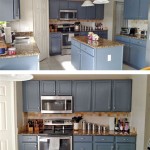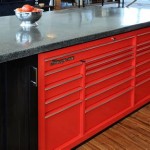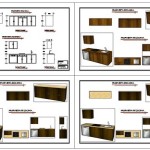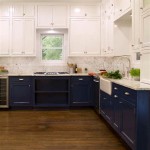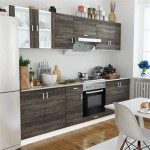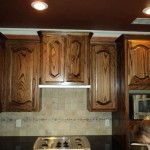Floating Shelves Under Kitchen Cabinets: A Guide to Essential Aspects
Floating shelves have become increasingly popular in recent years, offering a stylish and functional way to add storage and display space to any room. When incorporated under kitchen cabinets, floating shelves provide a versatile and space-efficient solution for organizing cookware, dishes, and other kitchen essentials.
However, choosing the right floating shelves for under kitchen cabinets requires careful consideration of several essential aspects, including material, size, weight capacity, and installation method.
Material
Floating shelves are typically made from a variety of materials, each offering its own unique advantages and drawbacks:
- Wood: Warm and natural, wood floating shelves add a touch of elegance to any kitchen. However, they are susceptible to moisture and heat damage, making them less suitable for areas near the sink or stove.
- Metal: Durable and easy to clean, metal floating shelves are a practical choice for kitchens. They come in various finishes, including stainless steel, brushed nickel, and powder-coated colors.
- Glass: Transparent and airy, glass floating shelves create an illusion of space and lightness. They are heat-resistant but require careful handling to avoid breakage.
- Acrylic: Similar to glass, acrylic floating shelves are lightweight and durable but less prone to shattering. They are available in a wide range of colors and transparencies.
Size
The size of the floating shelves should be determined by the available space under the kitchen cabinets and the items you intend to store on them. Measure the width, depth, and height of the area where you plan to install the shelves to ensure a perfect fit.
Weight Capacity
Consider the weight of the items you will be placing on the floating shelves. Choose shelves with a weight capacity that exceeds the total weight of your stored items to prevent sagging or potential collapse. Most floating shelves have a weight capacity ranging from 20 to 150 pounds.
Installation Method
Floating shelves can be installed using various mounting systems:
- Hidden Brackets: These brackets are concealed within the shelf, creating the illusion that the shelf is floating. They provide a clean and modern look.
- Visible Brackets: Decorative brackets are visible on the wall or underside of the shelf. They offer additional support and can add a unique design element to the kitchen.
- Rod or Bar System: A rod or bar is attached to the wall, and the shelves are suspended from it. This system allows for adjustable shelf heights and provides greater stability.
Choosing the right installation method depends on the weight of the shelves and the desired aesthetic.
Conclusion
Floating shelves under kitchen cabinets can be a valuable addition to any kitchen, providing both storage and display functionality. By considering the material, size, weight capacity, and installation method, you can select floating shelves that meet your specific needs and enhance the aesthetics of your kitchen.

Kitchen Design Alternatives For Upper Cabinets Centsational Style

Decorative Floating Shelves Schuler Cabinetry At

8 Stylish Floating Kitchen Shelf Design Ideas For Storage

The Best Open Shelving Options For Your Kitchen Designs Vestabul School Of Design

Open Kitchen Shelving Wildfire Interiors

Floating Shelves Provide Great Storage Under Wall Cabinets Modern Kitchen Other By Denise Quade Design Houzz
Before After Kitchen Breakfast Nook The House Diaries

Installing Open Shelving In Kitchen Taryn Whiteaker Designs

Sabbespot Commit It To Memory Kitchen Cabinets Ceiling Redo Cabinet Shelves

10 Simple Ideas To Update Your Kitchen Cabinets Jenna Sue Design
Related Posts

